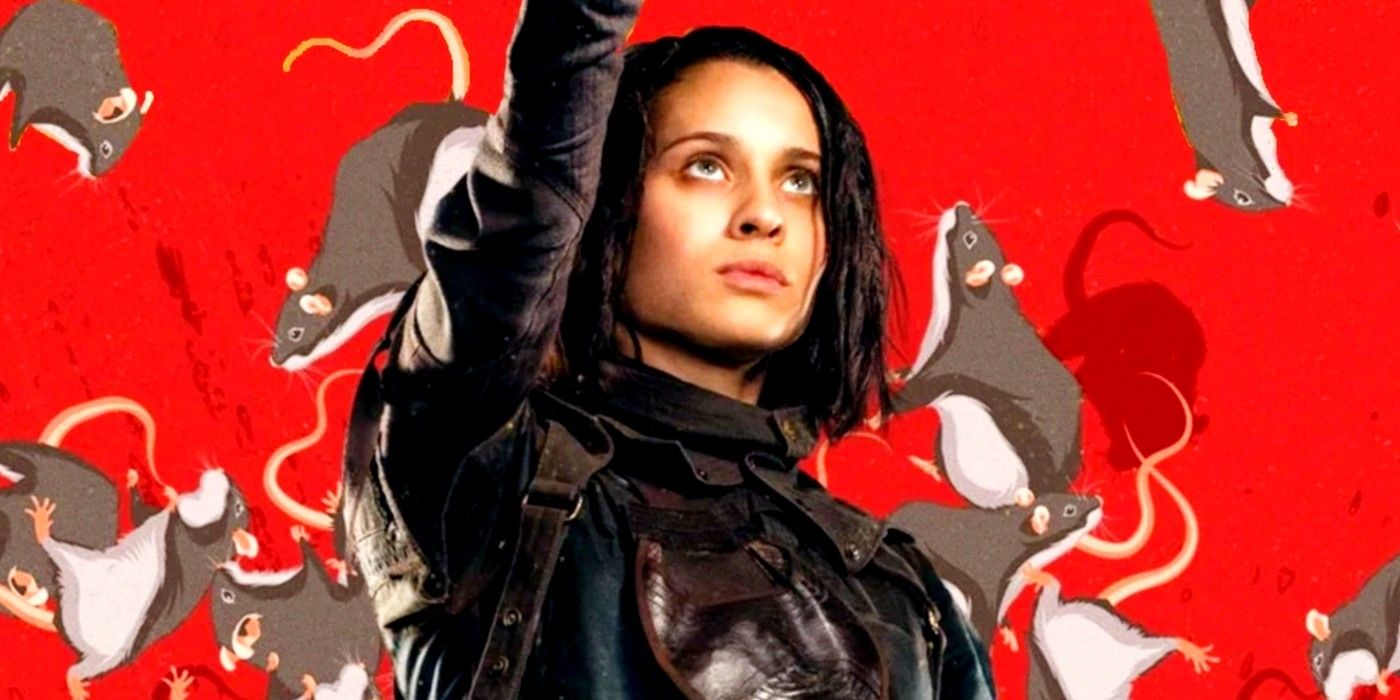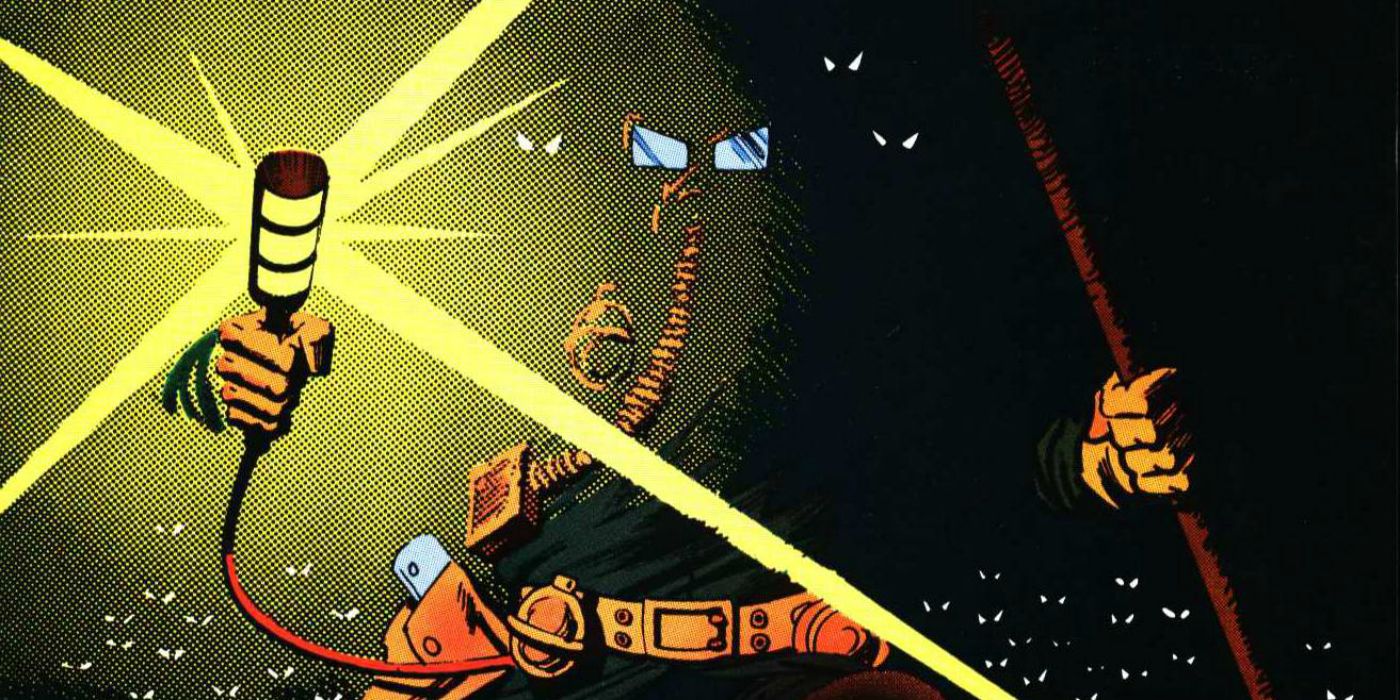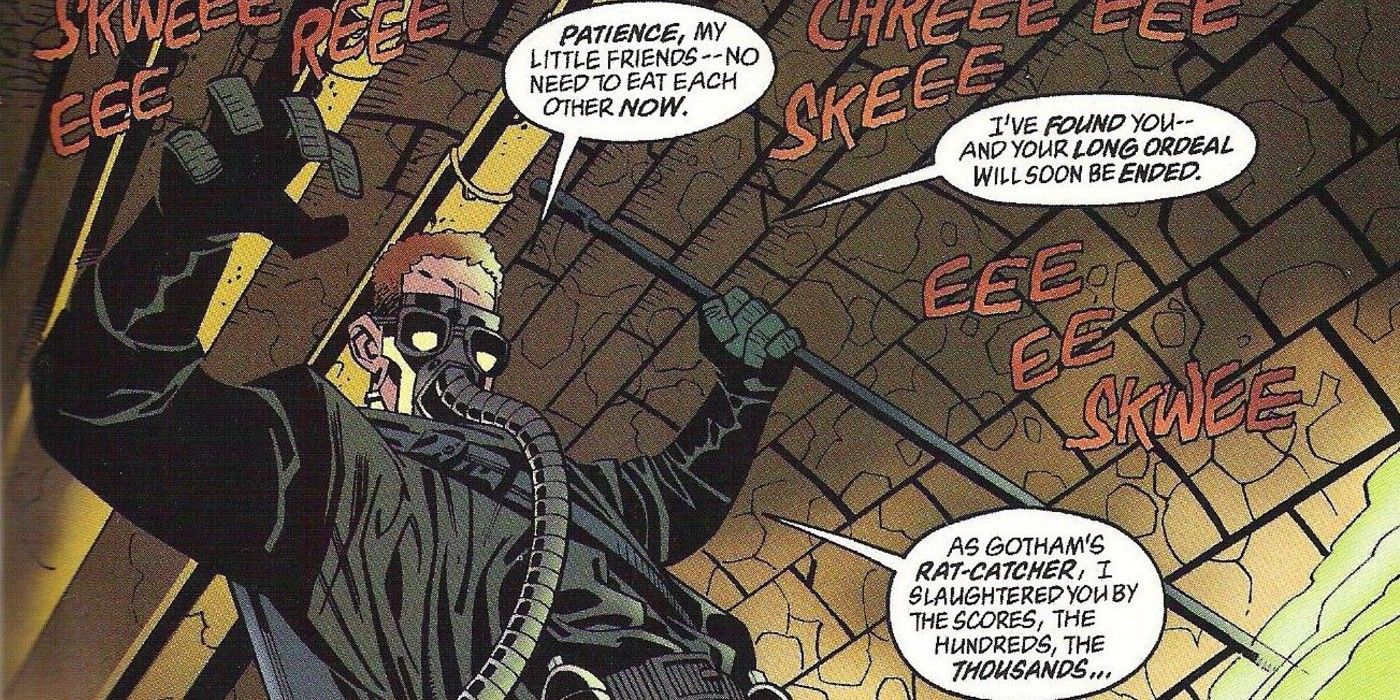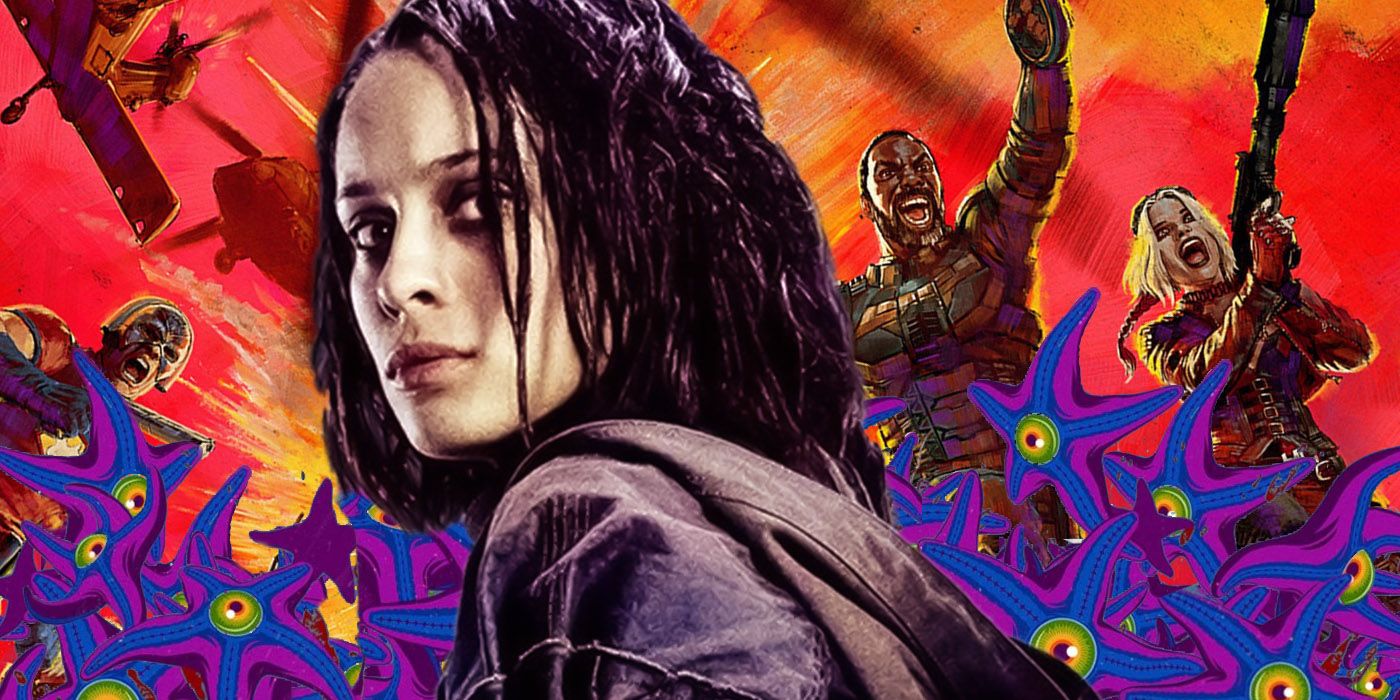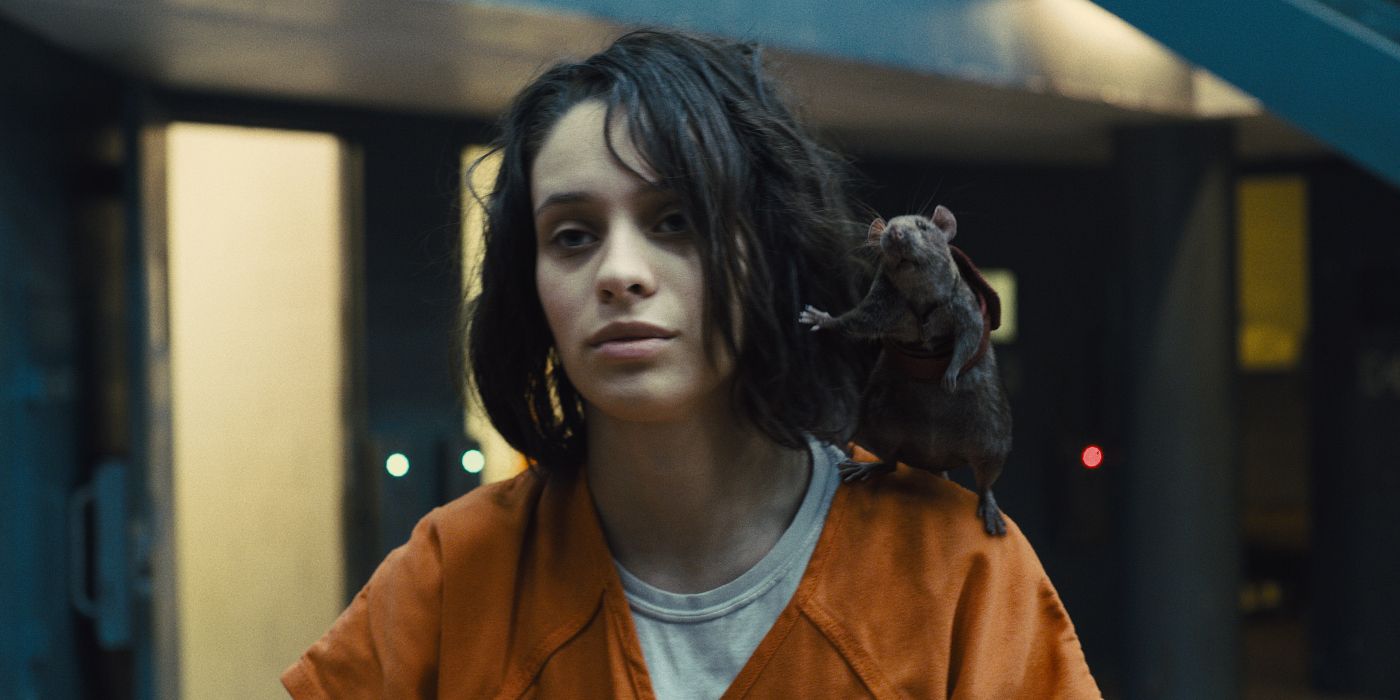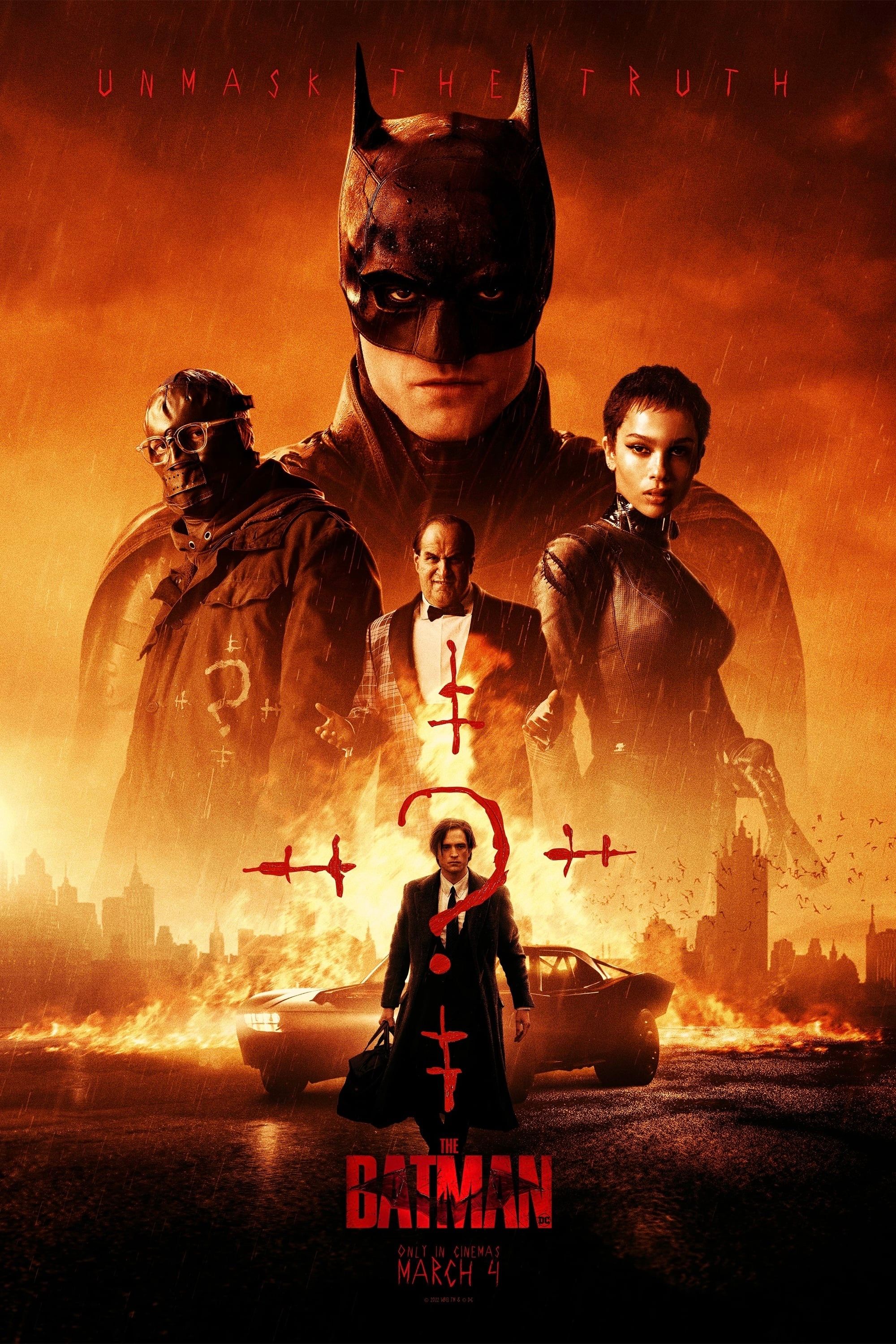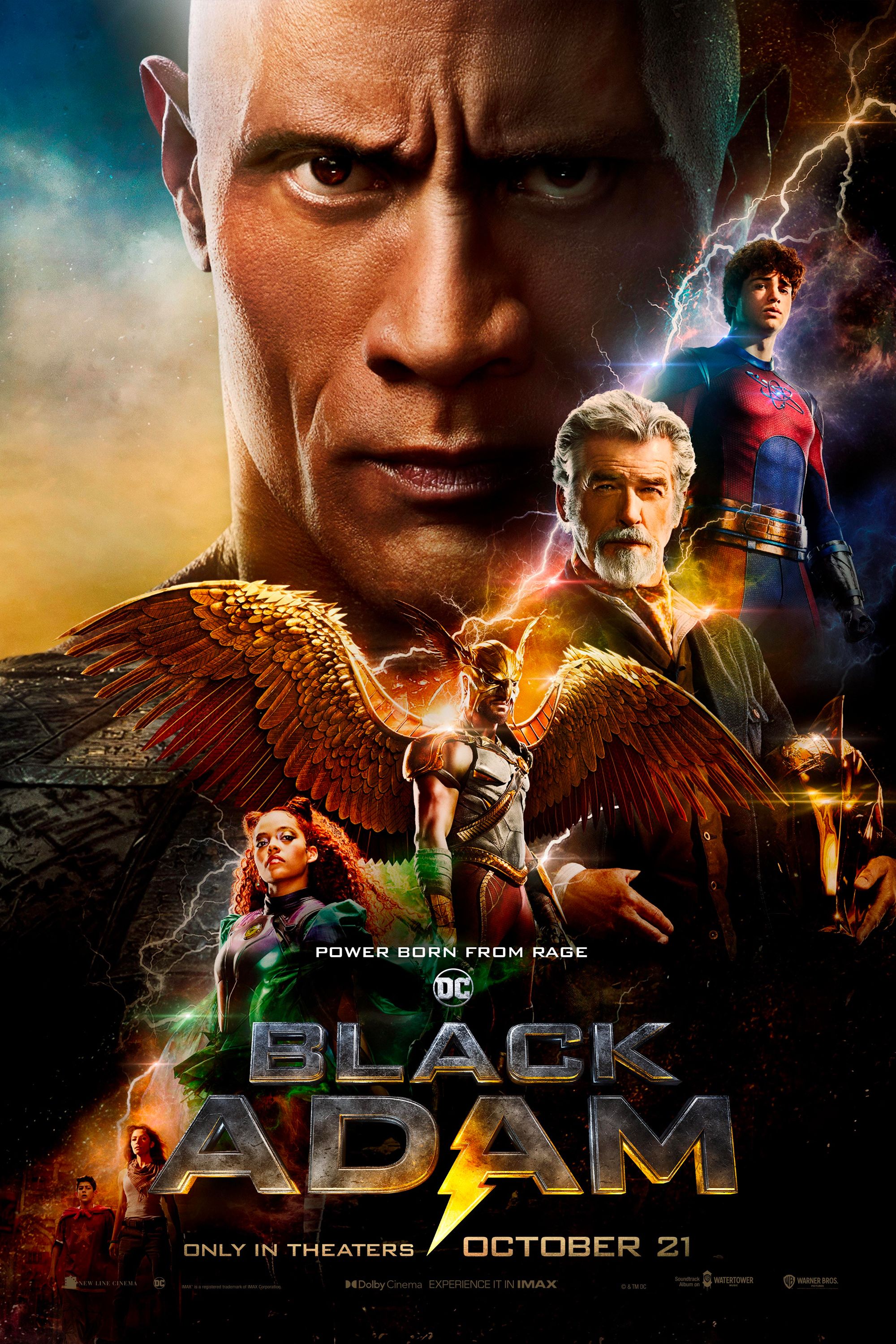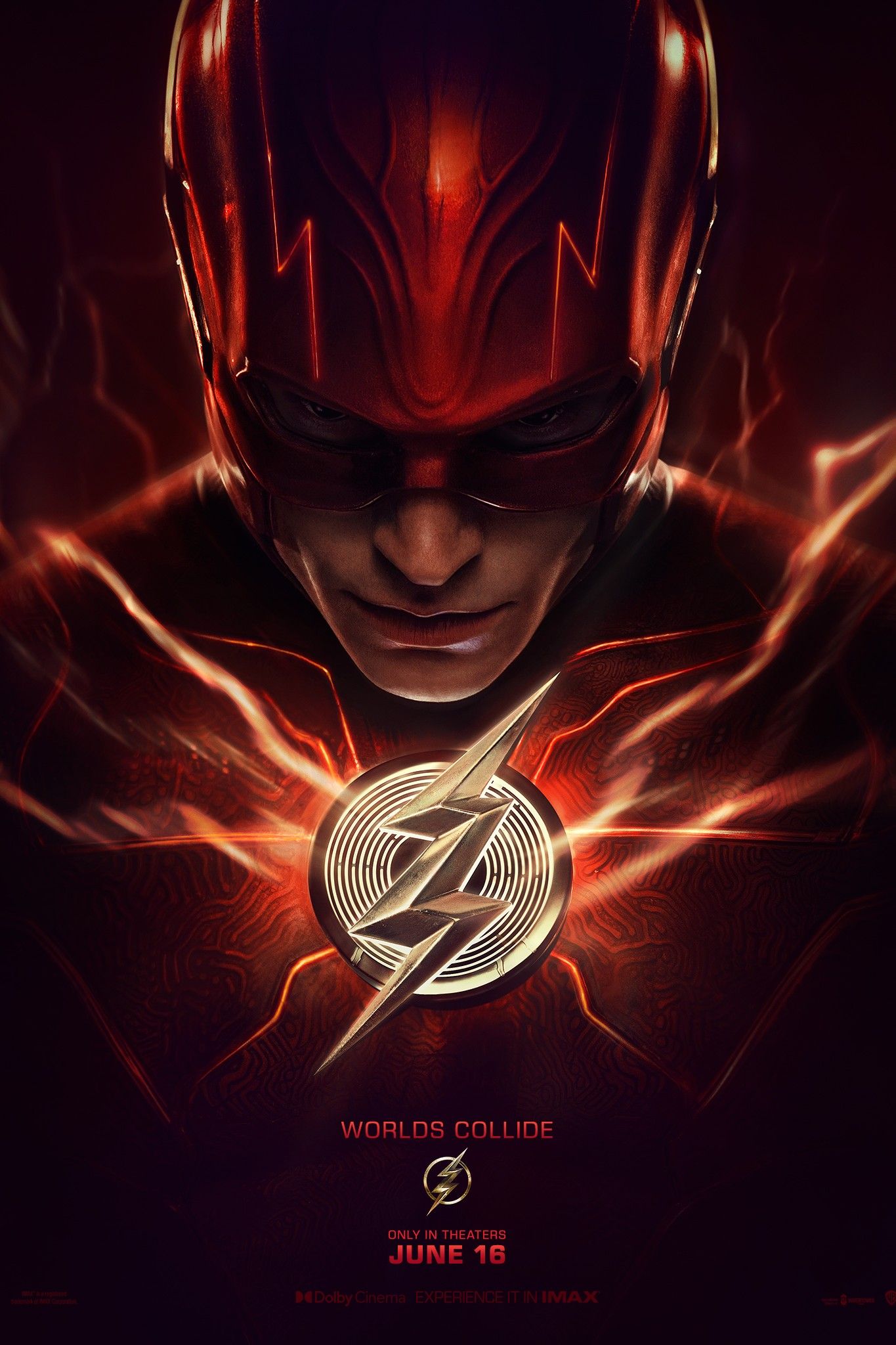General audiences can be forgiven for not having heard of the Ratcatcher 2 - one of the key supervillains in James Gunn's The Suicide Squad, but she almost steals the show. The gas-mask-wearing villain is a relatively recent addition to Batman's rogues gallery and has not made many appearances outside of the world of comics, apart from a few Easter Egg cameos in the Arkham Asylum video games. Though she's not the original Ratcatcher - who also appears in the movie - Daniela Melchior's second iteration is testament to James Gunn's ability pushing lowly characters to the front.
Born out of the strange controversy of James Gunn's temporary firing from Guardians of the Galaxy Vol 3, The Suicide Squad is neither a sequel nor a reboot, tying to David Ayer's 2016 original without being limited by those ties. If the audience chooses to take it as a sequel, it's possible, but the point is that Gunn's DCEU debut is a breath of surprising fresh air. It's unlike anything in the DCEU - and also the MCU - and follows several of the tropes of James Gunn's movies, pushing the boundaries of gore, stuffing in outrageous humor and balancing it all with heart and brilliant character moments.
Working with these C-List villains also undoubtedly affords Gunn a good deal more creative freedom than if he were working with better-known characters. After all, Warner Bros. would be unlikely to care if Gunn had taken creative liberties in adapting a lesser-known villain or killing them off outright as part of the story. Here is everything you need to know about the Ratcatcher 2's origins in the comics, her unique powers, and what can perhaps be expected from Daniela Melchior's character in the future of the DCEU.
Ratcatcher's Comic History Explained
The original Ratcatcher in DC Comics never had a daughter, so Melchior's Ratcatcher 2 was created by James Gunn for his movie. But returning to the source is still important. Ratcatcher was created by writers Alan Grant and John Wagner and artist Norm Breyfogle. He first appeared in a two-part story in Detective Comics #585-586 in April 1988, which depicted his first encounter with Batman. Strangely enough, this was not his first encounter with the Gotham City Police Department. The Ratcatcher was originally a man named Otis Flannegan, who was employed by the Gotham City Sanitation Department as an exterminator. While he was skilled in handling all sorts of vermin, Flannegan's specialty was dealing with rat swarms and he was frequently sent into the city sewers to clear out rat nests. Flannegan claimed to have a special affinity for rats and to have started training them to obey simple commands, like "attack" and "fetch".
Flannegan's life changed after he was arrested for murder, following a street brawl where he stabbed a man to death. Flannegan pleaded not guilty as a result of self-defense, claiming the other man had started the fight and threatened him, taking offense to the sewer smell that stuck to Flannegan after his years in service to the city. His pleas fell on deaf ears, however, and Flannegan was sentenced to 10 years in Blackgate Penitentiary. It was here, abused by a corrupt warden who was determined to make the killers in his charge as miserable as possible, that Flannegan had a revelation - the real rats were the corrupt officials running Gotham City, jailing innocents while pretending to make the city safer.
After serving his time and being released from Blackgate, Flannegan sought revenge and used his knowledge of Gotham City's sewers to construct a secret prison of his own. Taking the title of The Ratcatcher, Flannegan abducted the men responsible for his imprisonment and his torment - Warden Stanley Konik, Judge Wyatt Hogan, Police Sergeant Sam Bellow and witness Cornelius Budd - and sealed them away so they could suffer as he did, locked in a hole in the ground where no one could hear their screams.
Ratcatcher held the men captive for five years and would likely have kept them there for the rest of their days had Judge Hogan not managed to wiggle a bar loose from his cell and made a break for it. His freedom was short-lived, however, as Flannegan's trained rats followed him and attacked him as he made his way to the surface. Luckily, his exit from the sewers just happened to be near where Batman was stopping an illegal arms deal, and the sight of an elderly man covered in filth being attacked by rats was strange enough, even by Gotham standards, to prompt the Dark Knight Detective to investigate the sewers further.
After being apprehended by Batman and sent back to Blackgate, Ratcatcher became one of the most infamous specialists in the criminal underworld of Gotham City. While in prison, he ran a profitable black market, his rodent friends enabling him to easily procure small items or secretly deliver messages to other inmates. It was in this capacity that Ratcatcher took on an essential role in Bane's plans to exhaust Batman, by helping to facilitate a mass-breakout during the Knightfall storyline. While out of prison, Ratcatcher hired his talents out and became a master thief and kidnapper, while occasionally sending his friends to create distractions from other criminals' crimes.
Strangely enough, Ratcatcher's death during the Infinite Crisis event came shortly after he found himself thrust into the unlikely role of hero, after he became the protector of a community of homeless people who had taken refuge in the sewers. When the GCPD came to their camp to take Ratcatcher into custody, one of the homeless men fought the police to help Ratcatcher escape. Unfortunately, the man turned out to be an OMAC sleeper agent and the scuffle activated him, resulting in Ratcatcher being vaporized after being detected as a gamma-level metahuman.
Ratcatcher's Comics Powers Explained
In his earliest portrayals, Ratcatcher was portrayed as having a natural affinity for rats and a unique talent for training them to obey simple commands. He controlled his charges through the use of a special whistle, similar to a dog whistle but still audible to humans. However, the things Otis Flannegan's furry friends accomplished seemed to go far beyond what trained animals should be capable of doing.
The truth about Ratcatcher's power would not be revealed until his death during Infinite Crisis, where an OMAC soldier identified him as a gamma-level metahuman before killing him. (To better put this scale in perspective, gamma is the lowest level of threatening metahumans, with Wonder Woman being considered an alpha-level metahuman and Metamorpho a beta-level.) This confirmed that Ratcatcher truly did have a superpower that let him mentally communicate with rats and control their actions.
While his powers are less versatile than Aquaman's ability to control sea-life, it would still be foolish to write Ratcatcher off completely. He's virtually unbeatable on his home-turf, thanks to his knowledge of Gotham City's sewers. His training as a survivalist and an exterminator have allowed him to create some rather unique deathtraps and he's an expert on deploying poisonous gases, particularly with his customized gas gun. Even outside of Gotham City, Otis Flannegan could prove a threat in any urban setting where rats are commonplace.
Ratcatcher's DCEU Powers & Origin (& What The Suicide Squad Changed)
The Suicide Squad ports over the original Ratcatcher's affinity for rats, as a flashback establishes in particularly touching moment, but obviously Melchior's character is a new concern. Her powers are transformed into a technology-based skill, using the wand developed by her father to communicate telepathically with the rats. But there's also an eternal bond between her and Sebastian the rat that suggests the dynamic isn't entirely reliant on the tech. Like her father's comics iteration, she's a survivalist, but with a more tragic edge (as revealed in her backstory) and her skills are more tuned by desperation than malice. Of all of The Suicide Squad's villains, she's the least worthy of the supervillain label even though her powers are absolutely comparable to Otis Flannegan's in the comics.
Ratcatcher's DCEU Future After The Suicide Squad
So far, the Warner Bros has not announced any upcoming DCEU projects for Daniela Melchior's Ratcatcher 2, but if her reception in The Suicide Squad is any indication, fans will want to see more. Quite where that happens is anyone's guess at this point. The Peacemaker show on HBO Max proves Warner Bros are happy to offer spin-offs as a possibility - and the idea of her teaming up with King Shark and Sebastian is truly great - but there's also the possibility that she may return for Suicide Squad 3. It's not like Amanda Waller is the kind of person to allow her defeats to be long-lasting, after all.

